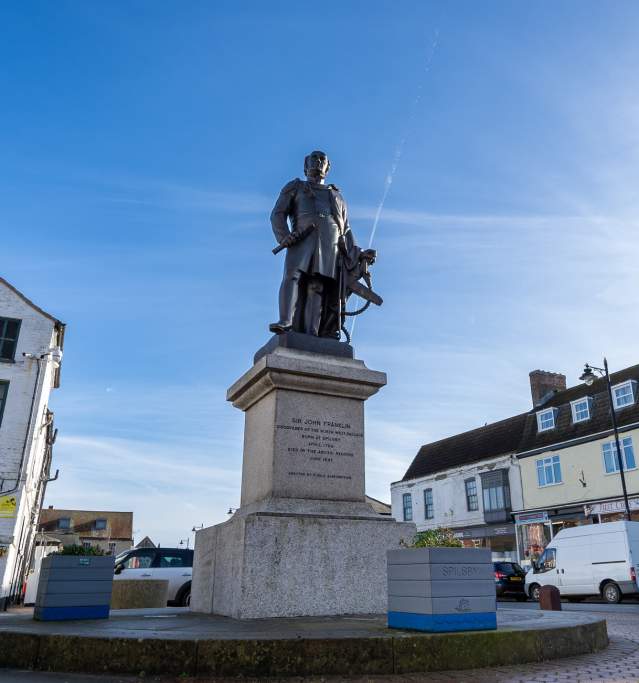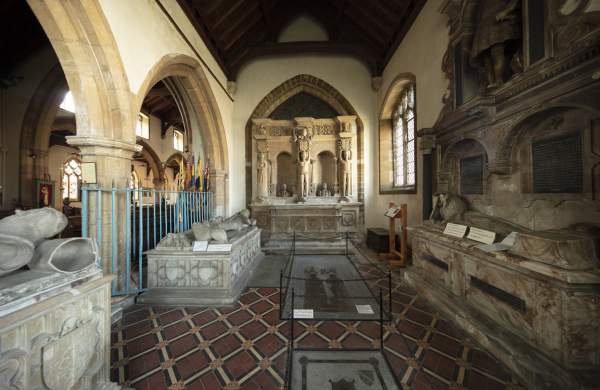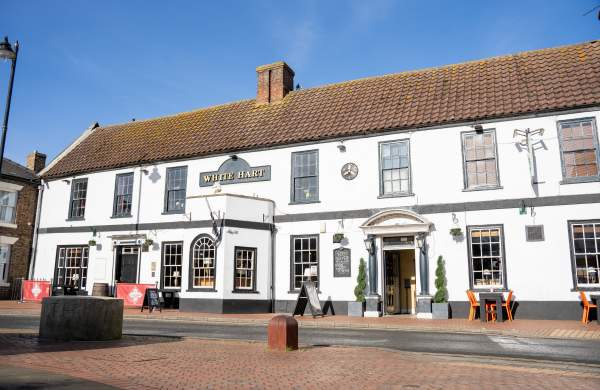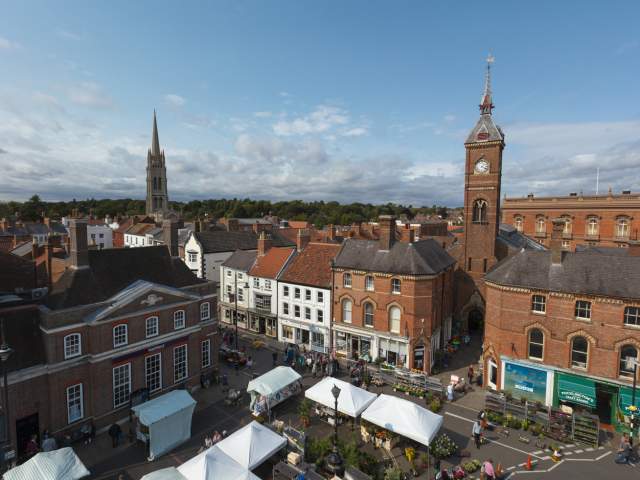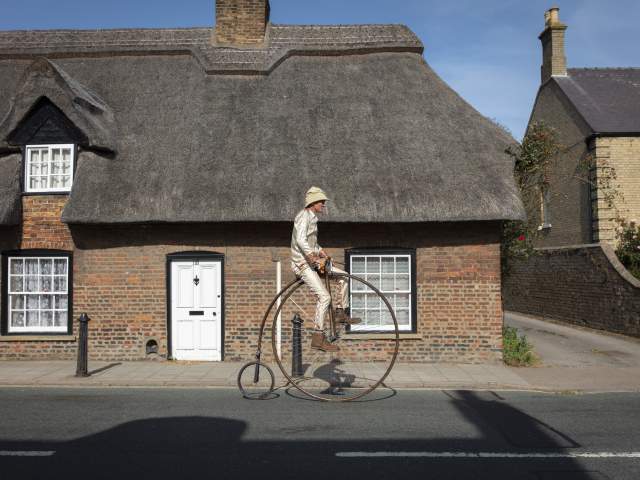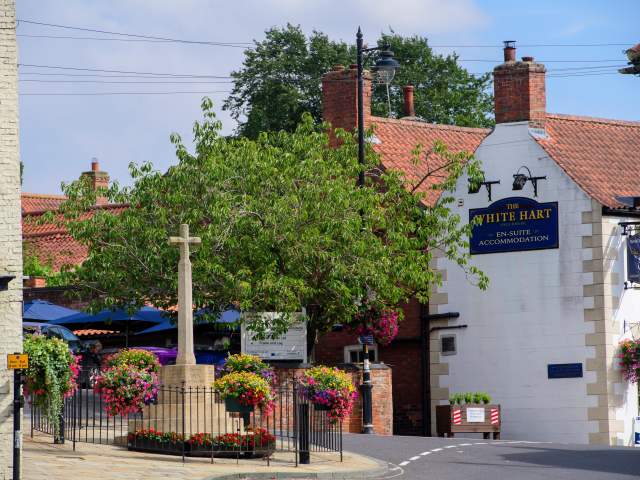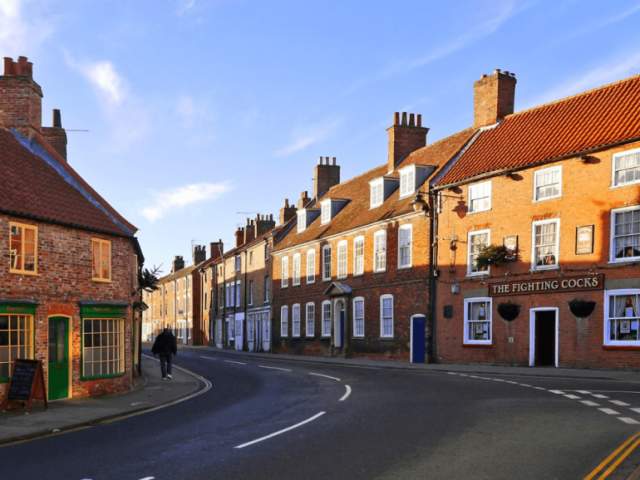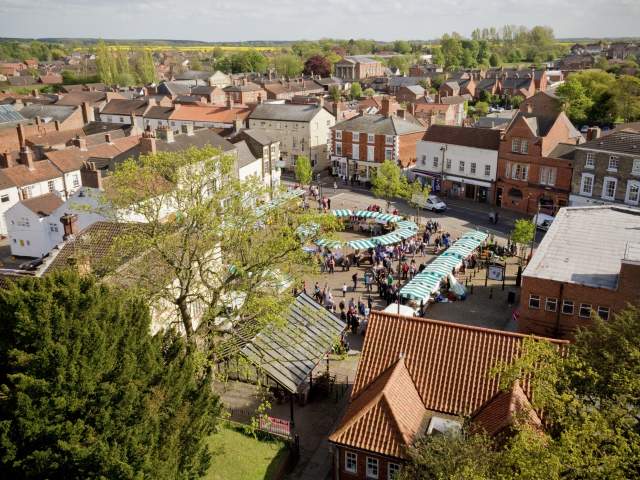Spilsby
Steeped in history and heritage, Spilsby is a compact but complex market town. Its stone streets have changed very little since the beginning of the 19th century, but they certainly have some stories to tell.
Home to Romans, Vikings, Barons and Earls, this small but prosperous town dates back to the first century. Evidence suggests the area has been occupied since prehistoric times, but it was under Roman rule that it developed in to an established settlement.
Once an important centre for the wool trade, Spilsby has been a market town for over 700 years. There has been a weekly market here since 1302 - a tradition that continues to this day. Visit on a Monday and you can peruse a wealth of stalls, selling everything from fresh bread to fresh flowers.
Centred around the market place, the layout of Spilsby has changed very little over the years. The heritage here has been carefully preserved, something that is also reflected in its architecture. Explore the town and you will discover some incredible buildings, from the medieval St James' Church to the ruins of Bolingbroke Castle.
On the outskirts of the town, you’ll also find the beautiful Gunby Hall. Built in 1700, this picturesque house was the residence of the Massingberd family for over 250 years. Writers Rudyard Kipling and Alfred, Lord Tennyson were both frequent visitors to Gunby, the latter declaring it ‘a haunt of ancient peace’.
The birthplace of Sir John Franklin
Spilsby is most notable for being the birthplace of the British Navy Officer, Sir John Franklin. Born in Spilsby in 1786, Franklin went to school in Louth before joining the Royal Navy aged 14. An avid explorer, he led several expeditions, travelling to the Arctic and northern Canada.
In 1845, Franklin embarked on an ill-fated mission that would be his last. With a crew of 128, Franklin sailed out of the River Thames on a quest to locate and transit the Northwest Passage between Canada and the Arctic.
After becoming icebound, the entire expedition seemingly disappeared. It took 12 years to unravel what happened, and the saga is laced with stories of lead poisoning, starvation and cannibalism. Although Franklin died in 1847, there were members of the crew that managed to survive for up to three years, in what must have been the most horrific conditions.
Although the disappearance of the ships was eventually explained, it wasn’t until 2016 that they were finally discovered; 48 metres underwater, masts still standing.
Things to do
Whilst it may be one of the smaller market towns in the Lincolnshire Wolds, you will find a whole host of things to do in Spilsby.
Shopping
Explore a selection of independent shops selling local produce and celebrating artisan makers in Spilsby.
Food & drink
It may be one of the smaller towns in the Wolds, but you will still find plenty of places to enjoy some food and drink in Spilsby.
Places to stay
From self-catering cottages to shepherd huts, you will find some great places to stay in Spilsby, and even more in the surrounding countryside.
Explore Wolds market towns
Alford
The charming town of Alford is situated on the edge of the Lincolnshire Wolds, just a few miles from…
Caistor
Nestled on the northern edge of the Lincolnshire Wolds, the market town of Caistor harbours a wealth…
Market Rasen
Laced with history, the picturesque town of Market Rasen is located on the western edge of the…


